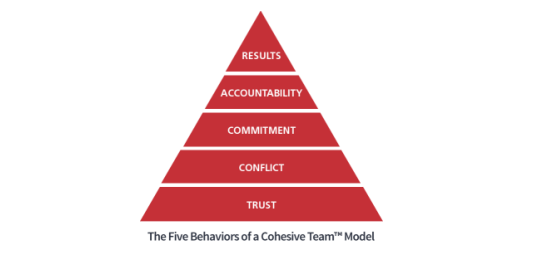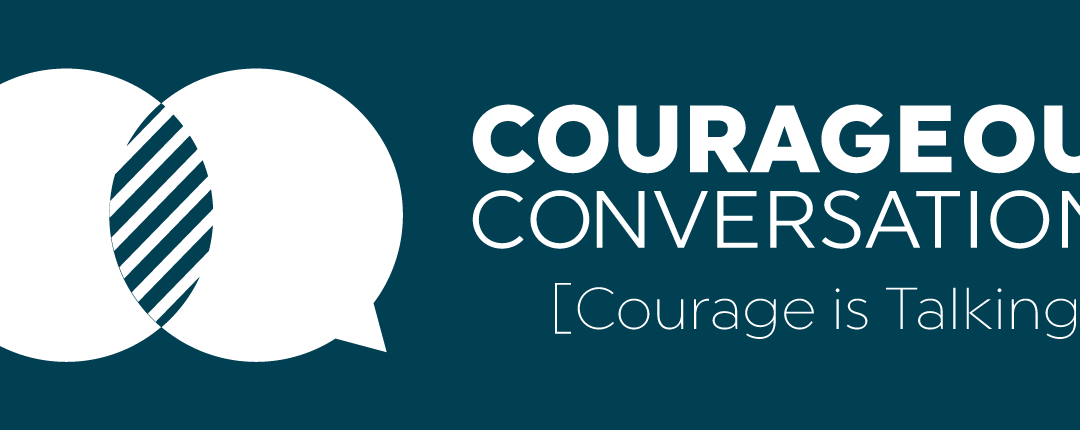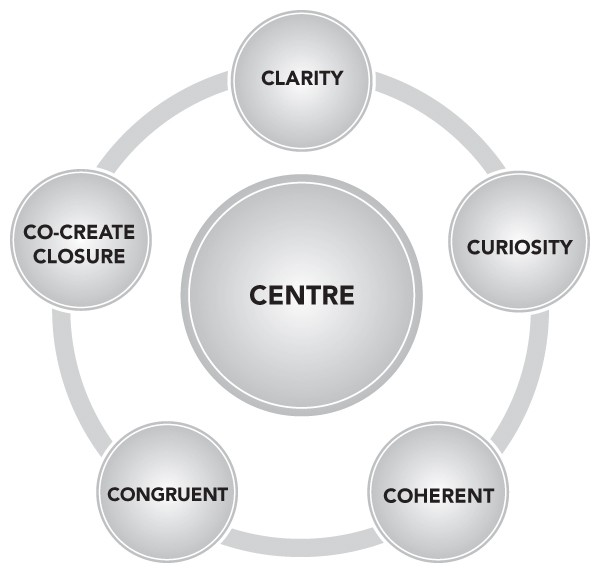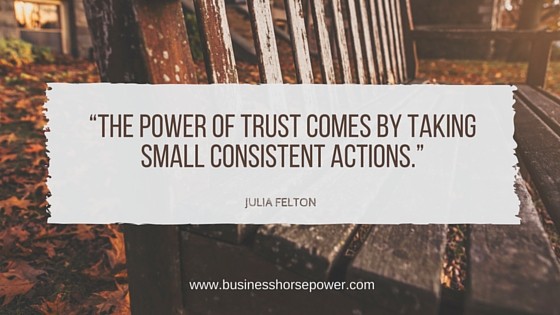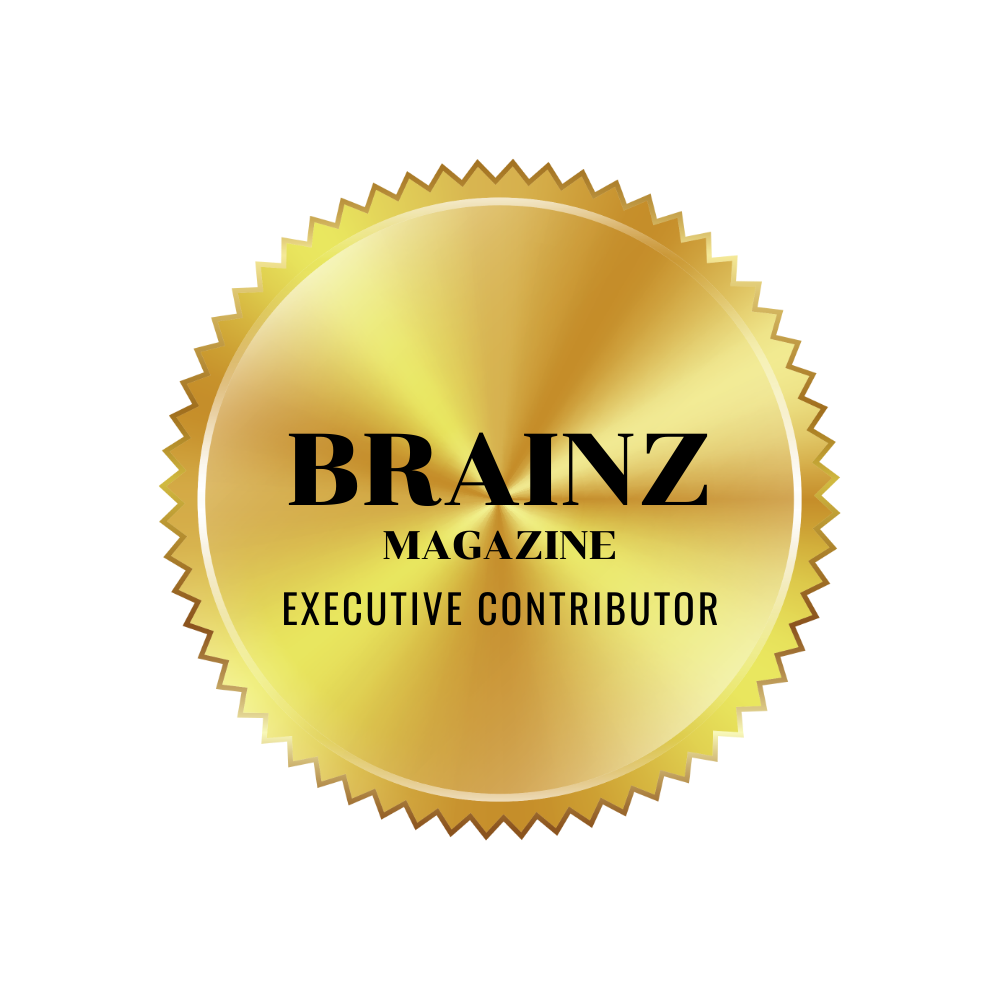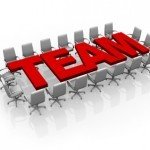
#34 – Cracking The Code On Team Effectiveness
In today’s fast-paced and complex business environment, cracking the code on team effectiveness is no longer a luxury—it’s essential for organisational success. As companies strive to scale, the ability to build cohesive, high-performing teams that work collaboratively within and across departments becomes a critical competitive advantage.
In this article, I’ll address three myths about teamwork, unpack the 17 drivers of team effectiveness identified by McKinsey, and explore three archetypes of teams to help you harness the true power of your people.
Busting the Myths About Team Effectiveness
Myth 1: Teams Should Be Stacked with Top Talent
It’s a common misconception that the best teams are made up of top talent in every role. However, effective teams focus on individual and collective skills that align with the specific goals of the team. The mix of people and their roles matters far more than individual brilliance. For example, in the 4x100m relay at the Olympics, the U.S. team, composed of world-class runners, dropped the baton due to a lack of cohesion and preparation. This illustrates that talent alone cannot substitute for cohesive teamwork. To achieve exponential performance, businesses need the right people in the right roles with clarity about how they contribute to the team’s collective success.
Myth 2: Teams Know What They Need to Work On
Teams often overestimate their awareness of their strengths and blind spots. Research shows that teams frequently focus on areas they are already good at, neglecting gaps that could significantly enhance performance. By bringing in diverse perspectives and inviting external input, teams can uncover hidden opportunities for growth. This highlights the importance of creating a culture of feedback and maintaining flexibility to adapt and innovate.
Myth 3: There’s a One-Size-Fits-All Playbook for Teams
No universal blueprint guarantees team effectiveness. Each team operates differently, depending on their interdependence and goals. Success depends on how well team members work together, align their efforts, and adapt to the specific context. Whether it’s outcome interdependence (individual success tied to team outcomes) or task interdependence (collaboration required to achieve goals), effective teamwork is dynamic and requires continuous coordination.
The Science of Team Effectiveness: McKinsey’s 17 Health Drivers
McKinsey research has identified 17 drivers of team effectiveness, grouped into four categories: configuration, alignment, execution, and renewal. These drivers collectively explain up to 76% of the performance differences between high- and low-performing teams.
1. Configuration: Do We Have the Right Mix of Skills and Roles?
- Role Clarity: Clear expectations and responsibilities for each team member.
- Diverse Perspectives: Incorporating varied viewpoints to foster innovation.
- External Orientation: Building networks beyond the team to enhance influence and impact.
2. Alignment: Are We Clear on Our Purpose and Committed to Success?
- Commitment: Prioritizing team success over individual achievements.
- Goals: Setting challenging, aligned objectives that drive organizational priorities.
- Purpose: Ensuring clarity on the team’s mission and its contribution to the bigger picture.
3. Execution: Are We Carrying Out Our Work Effectively?
- Collaboration: Establishing agreed ways of working together.
- Communication: Using clear and effective methods to share information.
- Decision-Making: Defining roles in decision processes to enable fast, effective choices.
- Feedback: Encouraging honest feedback to foster growth and accountability.
- Meeting Expectations: Ensuring follow-through on actionable items.
4. Renewal: Are We Set Up for Long-Term Sustainability?
- Belonging: Creating an inclusive environment where team members feel valued.
- Conflict Management: Addressing and leveraging healthy conflicts for better outcomes.
- Innovative Thinking: Seeking diverse opinions to inspire creative solutions.
- Psychological Safety: Encouraging risk-taking and learning without fear of judgment.
- Recognition: Celebrating achievements to maintain motivation.
- Trust: Building both cognitive trust (reliability and integrity) and affective trust (emotional connection).
Team Archetypes: Understanding How Teams Work Together
Different teams require different approaches depending on their goals and levels of interdependence. Let’s explore three team archetypes that illustrate varying dynamics.
1. Cycling Teams: Independent Yet Coordinated
Cycling teams operate with moderate outcome and task interdependence. While individual performance matters, strategic coordination—such as drafting and positioning—plays a significant role.
Example: Recruitment teams, where members handle distinct responsibilities (e.g., sourcing, interviewing, logistics) but must collaborate for a seamless hiring experience.
Key Drivers: Trust, communication, innovation, and decision-making.
2. Relay Teams: Sequential Collaboration
Relay teams require high task interdependence, as success depends on precise handovers between members. However, individual excellence in each segment also contributes significantly.
Example: Agile software development teams, where developers work on separate features but must integrate them into a cohesive product.
Key Drivers: Trust, commitment, goals, and recognition alignment.
3. Rowing Teams: Fully Synchronised Efforts
Rowing teams are characterised by high outcome and task interdependence. Success hinges on perfect harmony, where every member contributes equally and in sync.
Example: Surgical teams, where every action must align flawlessly to ensure a successful operation.
Key Drivers: Trust, communication, innovative thinking, role definition, and belonging.
Practical Steps to Harness Team Effectiveness
- Assess Your Team Archetypes: Identify whether your teams function as cycling, relay, or rowing teams and tailor your leadership approach accordingly.
- Focus on Health Drivers: Use McKinsey’s framework to evaluate which drivers need the most attention in your teams. Are there gaps in trust, alignment, or execution that are hindering performance?
- Foster a Collaborative Ecosystem: Break down silos and encourage cross-team collaboration to create a unified organizational culture. Remember, businesses are ecosystems where one team’s success impacts others.
- Celebrate Successes: Recognize and reward achievements to sustain motivation and reinforce positive behaviours.
The Competitive Advantage of High-Performing Teams
Teams are an untapped superpower in many organisations. By focusing on these principles, you can transform your teams into a force that drives exceptional results, fosters innovation, and accelerates your business’s growth. The key lies in creating synergy—not just within teams but across your entire organisation.
So, ask yourself: What type of team archetypes do you have, and which health drivers need more attention? By answering these questions and taking intentional action, you’ll unlock the full potential of your teams and position your business for sustainable success.
Here’s to building impactful teams that scale your business to new heights!
Show Notes:
Here are the highlights from this episode:
02:08 Debunking Teamwork Myths
04:28 McKinsey’s 17 Health Drivers for Team Performance
06:08 Deep Dive into Configuration and Alignment
07:59 Execution and Renewal Explained
12:17 The Importance of Trust and Decision Making
13:23 Myth Busting: Teams’ Self-Awareness
14:52 Myth Busting: No One-Size-Fits-All Playbook
16:43 Team Archetypes: Cycling, Relay, and Rowing
22:36 Conclusion and Call to Action

Julia Felton (aka The Business Wrangler) is the founder of Business HorsePower. Business leaders, entrepreneurs and executives hire her to accelerate their business performance by harnessing the energy of their people to work more collaboratively together. By aligning purpose with actions the team achieves exponential results as everyone starts pulling in the same direction.
Julia believes that business is a force for good and through designing purpose-driven businesses that leverage the laws of nature, and the herd, you can create businesses founded on the principles of connection, collaboration and community that make a significant impact in the world.




